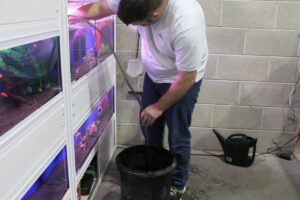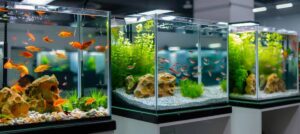The Pets Care Blog
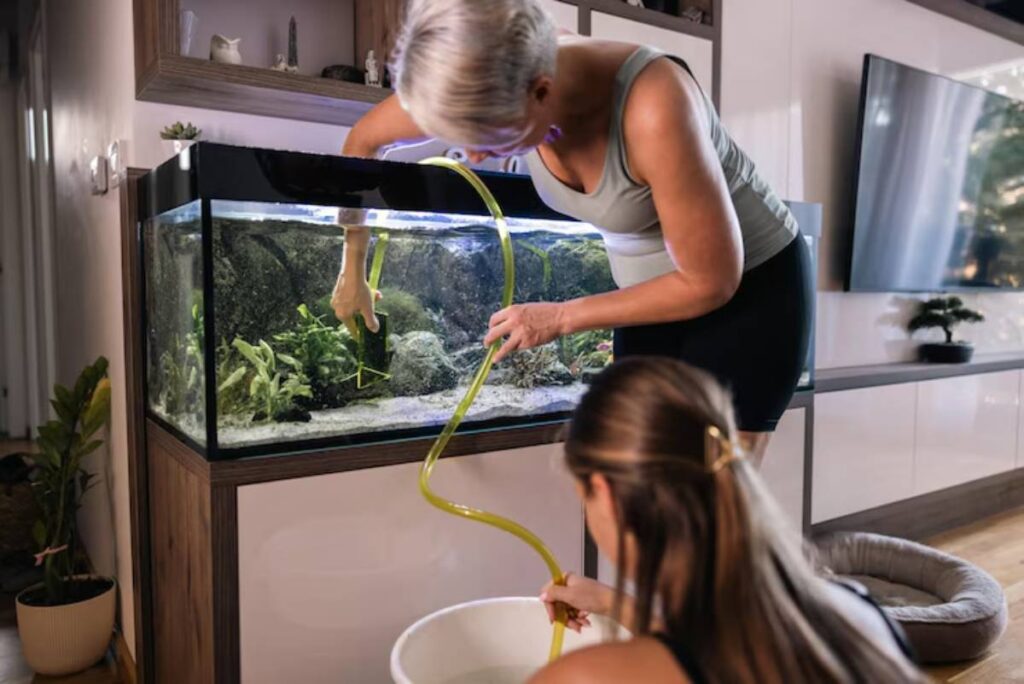
How to Clean Algae Without Harming Your Fish
Algae in an aquarium is a bit like dust in your home — it’s natural, inevitable, and a small amount is harmless. But left unchecked, it can quickly cloud your water, smother décor, and compete with plants for nutrients. Worse, harsh removal methods can stress or even harm your fish.
So, how do you handle it? By learning safe algae removal practices that balance cleanliness with care. Whether you’re fighting green film on the glass or stringy outbreaks on plants, this guide walks you through how to clean fish tank algae, without chemicals or mistakes that put your aquatic life at risk.
Understanding Algae: Friend or Foe?
Algae are simple, plant-like organisms that thrive on light and nutrients. They’re not inherently bad — in fact, many aquarists see a little algae as a sign of a healthy tank.
Common Types of Aquarium Algae:
- Green Spot Algae: Forms small, hard dots on glass
- Brown Algae (Diatoms): Dusty film common in new tanks
- Hair or String Algae: Long strands on plants or décor
- Blue-Green Algae (Cyanobacteria): Slimy, smelly, and potentially toxic
- Black Beard Algae: Tough black tufts — hard to remove manually
Pro Tip: A little algae can be a good sign. If your tank is fully sterile, it might not be cycling properly.
Quick Guide: Safe Algae Removal Checklist
Before You Start:
- Wash hands thoroughly
- Turn off the equipment if needed
- Gather tools: algae scraper, toothbrush, siphon
- Use fish-safe cleaning methods only
- Avoid sudden changes that may shock fish
Step-by-Step: How to Clean Fish Tank Algae Safely
Step 1: Remove Algae from Glass and Acrylic
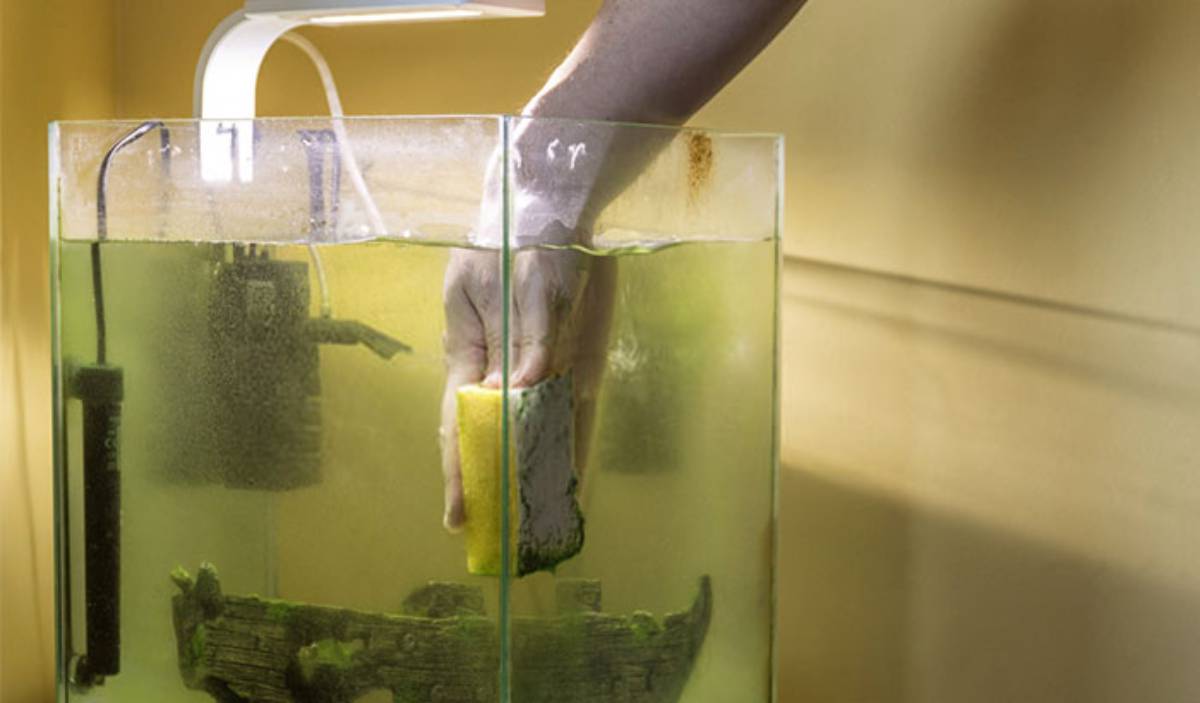
Use the right tool for your tank material:
- Glass tanks: Magnetic algae scraper, razor blade (for tough spots)
- Acrylic tanks: Soft sponge or acrylic-safe scraper
Work slowly in vertical strips to avoid stirring debris too much.
Secret Tip: Magnetic scrapers allow you to clean without getting your hands wet, and fish often enjoy the movement.
Step 2: Clean Plants and Decorations
Algae cling to décor and plant leaves, affecting both aesthetics and oxygen exchange.
- Gently rub leaves with your fingers or a soft toothbrush
- Remove décor and scrub with warm water (never soap)
- For stubborn algae, soak in a 10:1 water: bleach solution for 5 minutes, then rinse thoroughly and use a dechlorinator
Important: Don’t bleach anything that’s porous or shared with live animals — it can leach toxins later.
Step 3: Vacuum the Substrate
Algae feed on decaying waste trapped in gravel or sand. Use a gravel vacuum during your next water change to remove.
- Uneaten food
- Fish waste
- Plant debris
This not only clears algae food sources but also helps improve water clarity overall.
Step 4: Reduce Algae’s Favourite Conditions
Algae thrive on excess nutrients and too much light. Making simple environmental tweaks can prevent regrowth.
Tweak These Factors:
- Light duration: Keep lights on for 6–8 hours daily
- Light intensity: Avoid overly bright lights in low-tech setups
- Feeding habits: Don’t overfeed — uneaten food breaks down into algae-fuelling nutrients
- Nutrient imbalance: Use test kits to monitor nitrate and phosphate levels
Want a schedule that keeps lighting under control? Check out timer-controlled lighting.
Best Tools and Fish-Safe Tank Cleaner Options
Skip generic “algae removers” unless you know the ingredients. Many have copper or other additives that can hurt sensitive species.
Fish-Safe Algae Tools:
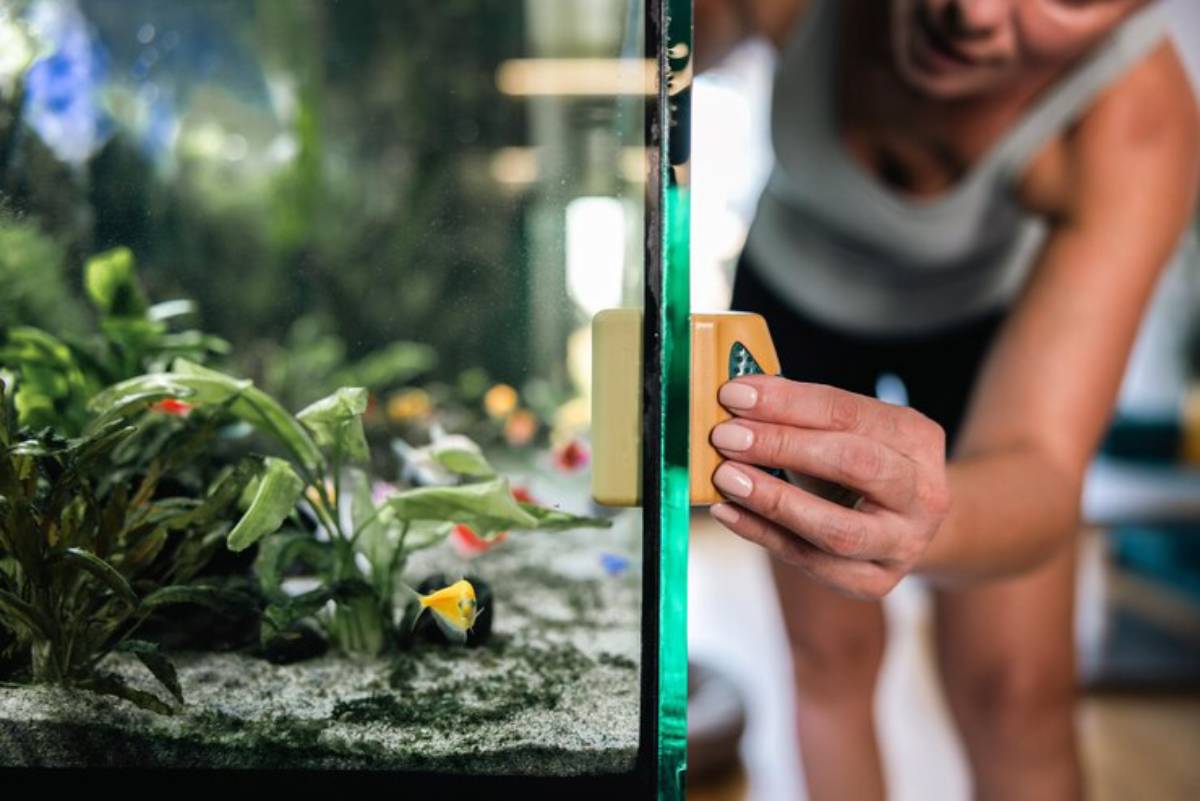
- Magnetic glass cleaner
- Algae sponges (no chemicals)
- Soft toothbrush
- Python water changer
- Razor scraper (glass only)
Natural Algae Eaters (Optional):
- Otocinclus catfish
- Amano shrimp
- Siamese algae eaters
- Nerite snails
Choose algae-eaters that match your tank size, temperature, and stocking level.
Routine Algae Maintenance Tips
Algae will always make a comeback — but it doesn’t have to win.
Weekly Habits:
- Wipe glass
- Trim plants
- Clean corners and hardscape
- Check your lighting schedule
Monthly Habits:
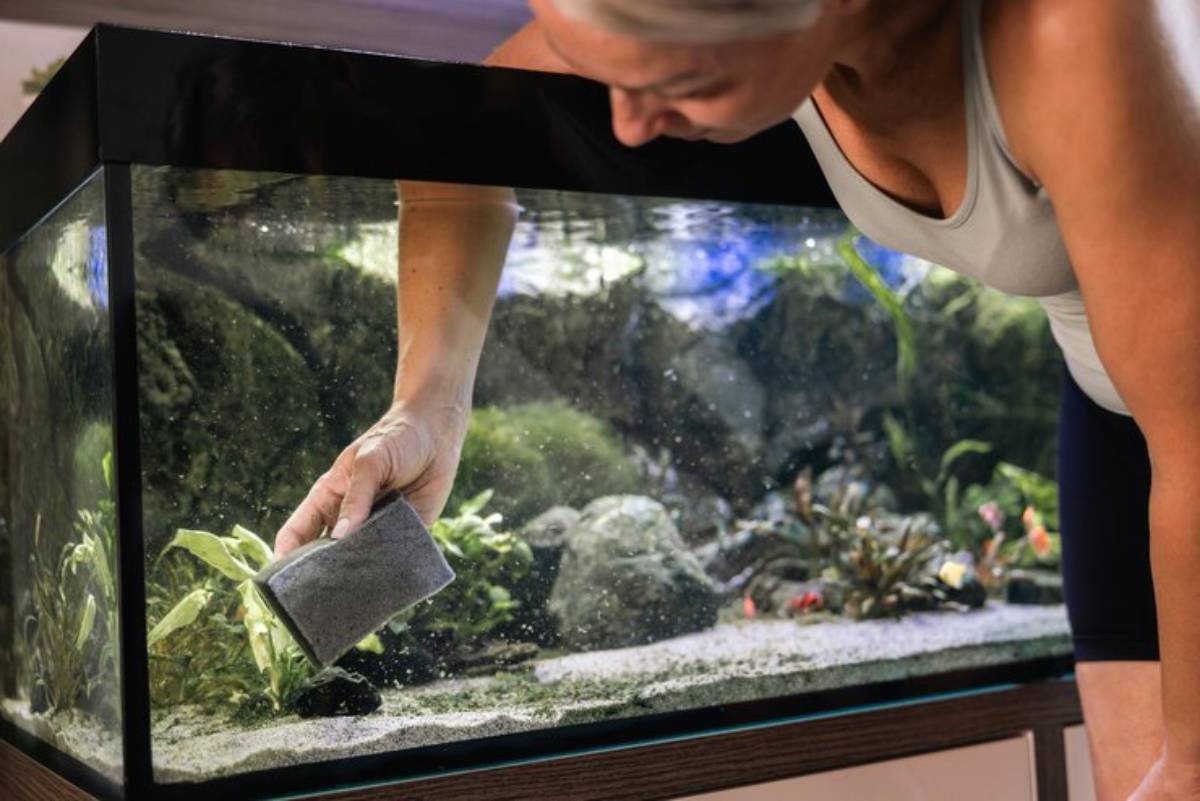
- Deep-clean hard décor
- Vacuum substrate more thoroughly
- Test nitrate and phosphate levels
For a full checklist of care tasks, refer to our weekly aquarium maintenance checklist.
FAQs: Cleaning Algae Without Harming Fish
Can I use vinegar to clean algae?
Yes, but only outside the tank. Vinegar cleans glass and hard surfaces. Rinse them well before putting them back in the aquarium.
Is algae always bad?
No. A little green algae is natural and even provides grazing areas for fish and snails. Excess, however, indicates imbalance.
Why does algae keep coming back?
Too much light, lots of nutrients, and few plants make perfect conditions for algae. Adjust slowly and stay consistent.
What should I avoid?
Don’t use bleach, soaps, or glass cleaners in your tank. They are toxic to fish, even in tiny amounts.
Can LED lights cause algae growth?
Yes — algae thrive on excess light. Leaving your lights on too long or using strong LEDs with no plants can lead to algae growth.
Should I remove fish during algae cleaning?
No, you can clean algae with fish in the tank. Just don’t stir up debris too much or use harmful chemicals.
How often should I clean algae off the glass?
Wipe the glass weekly, or whenever visibility becomes affected. Regular light cleaning prevents build-up and reduces the need for harsh scrubbing.
Will live plants outcompete algae?
Yes — healthy, fast-growing plants can take in nutrients that algae need. This helps to naturally reduce algae growth over time.
Can algae affect fish health directly?
Too much algae can reduce oxygen at night and harbour harmful bacteria. The bigger problem is what the algae reveal poor water quality.
Conclusion: Clean Smarter, Not Harder
Algae removal doesn’t have to be a stressful or dangerous task. Using the right tools, a good schedule, and some fish-friendly methods, your aquarium can stay lively and healthy. It won’t turn into a green mess.
Remember: It’s not about wiping algae out completely, but keeping it in balance.
Ready to clean your tank safely? Grab your tools, set the timer, and enjoy the sparkle of your underwater world. Keep your fish safe and stress-free while you do!




